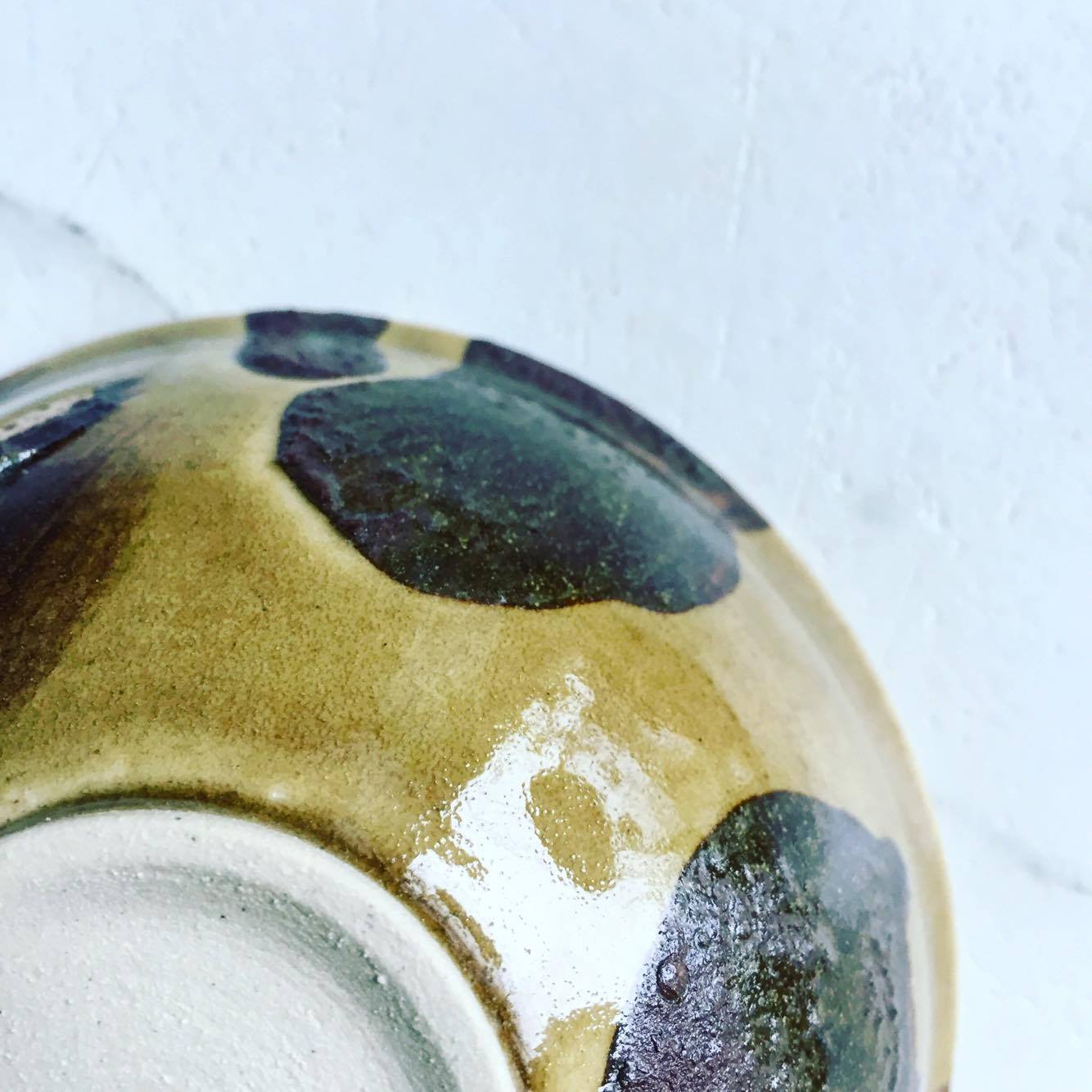Simple 2 component glaze from local clay
I have been running Pinching marathon workshops in my studio since this August, and I have been trying to incorporate my clay findings into this workshop. For one, I tried to develop a glaze that can be applied directly onto leather hard pot. I also wanted to share local wild clays with my students, so I can promote wild clays, self sufficiency and sustainability. I started adding nepheline syenite, 15% or 30%. But that only worked for low temperature clays, like the one from Vintgar gorge. Other clays needed more melters, since they are pretty high in silica. So I decided to switch to another melter – wollastonite. This one is from Finland. I have bought 25kg bag of wollastonite when I was still living in Amsterdam, so I have a large amount of it still in my studio, and I wish to use it before finding a more local material. 2 are already on my list like calcite from Kamnik and dolomite from Sostro. Because I want all the materials to be locally sourced and Slovenian. But for now wollastonite will do.
Wollastonite is a mineral of calcium and silica. Silica is a glass former and calcium a melter. Wollastonite has 2 in 1. It is white in colour. Needle like crystals makes it very good to use in ceramics. You can add wollastonite to clay bodies as well (10%), they lower body shrinkage and help vent out gasses due to this needle crystals. But only in low temperature bodies, because it becomes a flux (melter) above 1100°C.
The simple recipe goes (recipe is suitable for stoneware temperatures):
50% local red clay
50% wollastonite
I shall call it Brdo olive green glaze. This test was fired in electric kiln at 1230°C with 30 min soak time.

I used red clay from Brdo, Ljubljana and wollastonite from Finland. I did a research and found we have wollastonite in Slovenia too – in Pohorje. I did not measure percentage, I just mixed half half by hand. Result is beautiful shiny olive colour.
Why olive? Red clay contains red iron oxide. And red iron oxide can give from dark brown, brown, to orange and yellow colour, depending on the amount. But it can also give green colour in oxidation. I think that mixing it with wollastonite makes iron oxide inner reduced within a glaze – I fired this in my electric kiln, which has oxidation or neutral environment.
I like the colour very much!